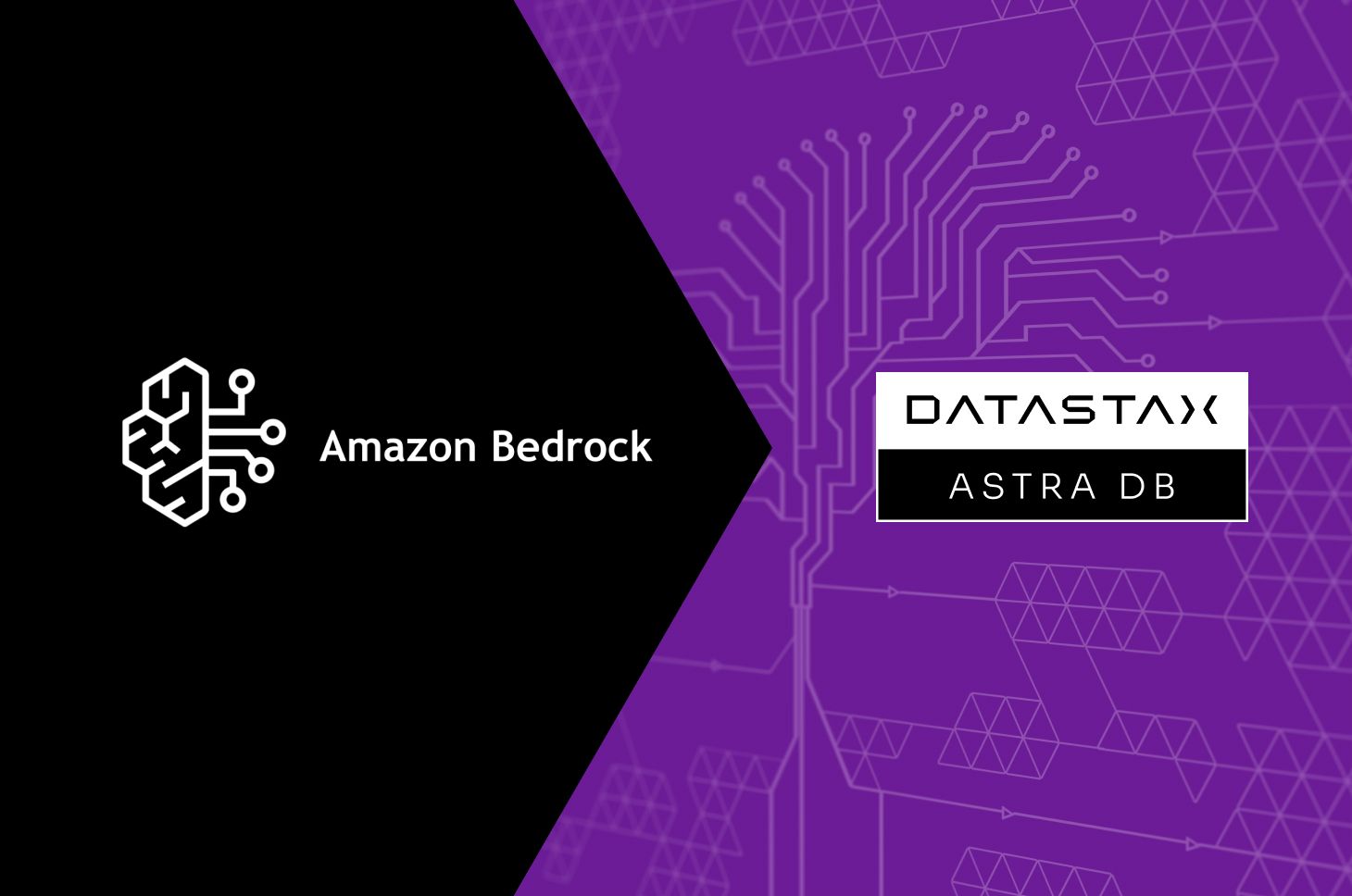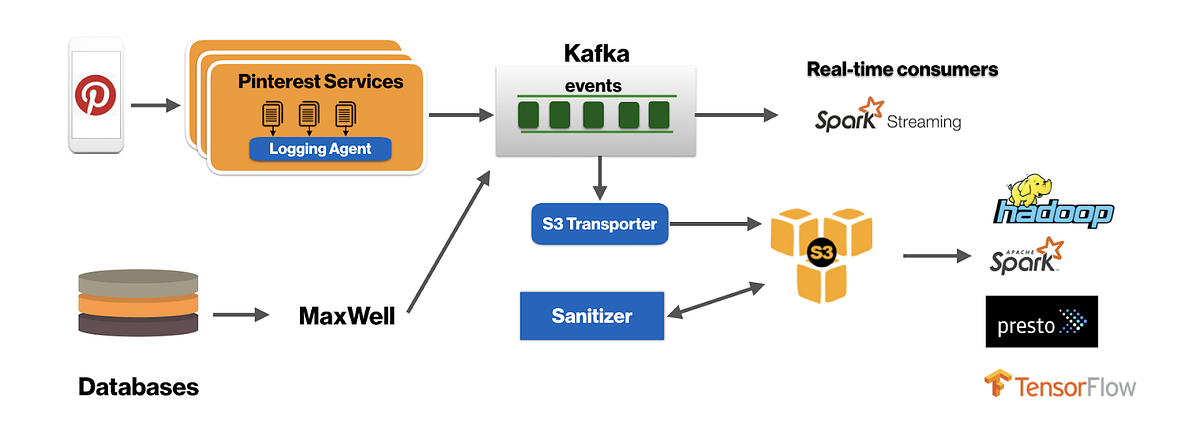This CloudFormation template deploys 3 node Cassandra cluster in a single AWS region across multiple Availability Zones.
Cassandra storage is backed by AWS Elastic File System. Each cassandra node maintains its own data folder on a single File System. This file system spans across multiple availability zones for redundancy.
Why EFS?
- No need to resize volumes when data increases (automatically handled)
- Backups of volumes are less crucial since EFS is replicated across Availability Zones
- Performance is good enough for non-prod environments
Note Using EFS to back a cassandra cluster is only suitable for development purposes. Consider using EBS volumes or instance storage for production grade setups.
TODO
To generate a keystore and truststore for use by cassandra for encryption use
the truststore-setup script.
truststore-setup does the following:
- Generates a keystore with a user supplied password which contains a private key used by Cassandra to establish secure communication amongst nodes in the cluster
- Generates a truststore which contains the public cert (corresponding to the private key in the keystore) for the cluster
- Generates a client PEM file containing the public cert for the cluster intended to be used with cqlsh for secure client-to-node communication
- Updates cassandra.yaml with the user supplied password for the keystore and truststore
Run the truststore-setup script and specify the password and cluster name.
$ ./truststore-setup <password> <clustername>This will generate the keystore and the truststore in cassandra-config:
cassandra-config/ ├── conf │ └── certs │ ├── cassandra.keystore │ └── cassandra.truststore ...
For clients connecting to the cluster, the cassandra.truststore can be used to establish secure communication. This is a JKS based truststore.
It will also generate the client pem in the root folder. This file can be used with cqlsh
cluster-ca-certificate.pem
Sync the s3 bucket holding the Cassandra configuration and certs.
$ aws s3 sync cassandra-config s3://cassandra-configuration/<clustername>Note: You must name the CloudFormation stack exactly the same as <clustername> defined above in order for
encryption to work correctly.
For example, we have named our bucket sandbox-cassandra-configuration and the name of the cluster is sandbox-cassandra:






